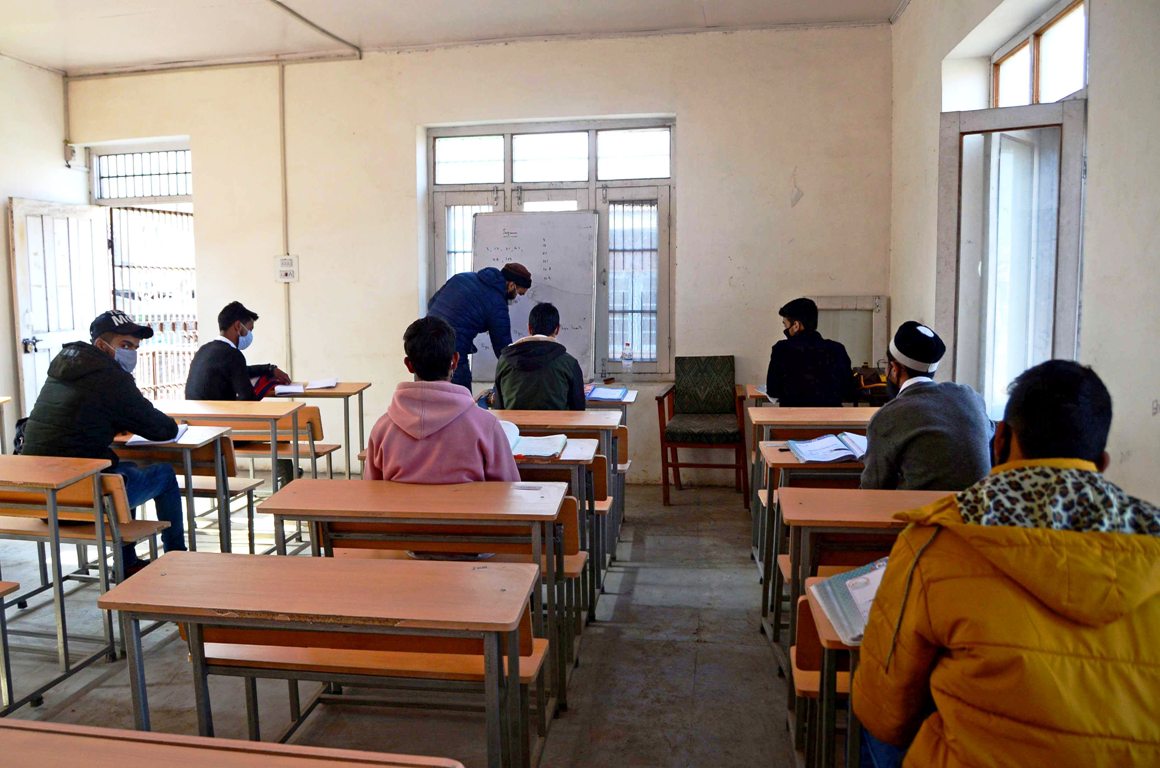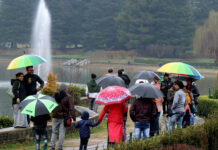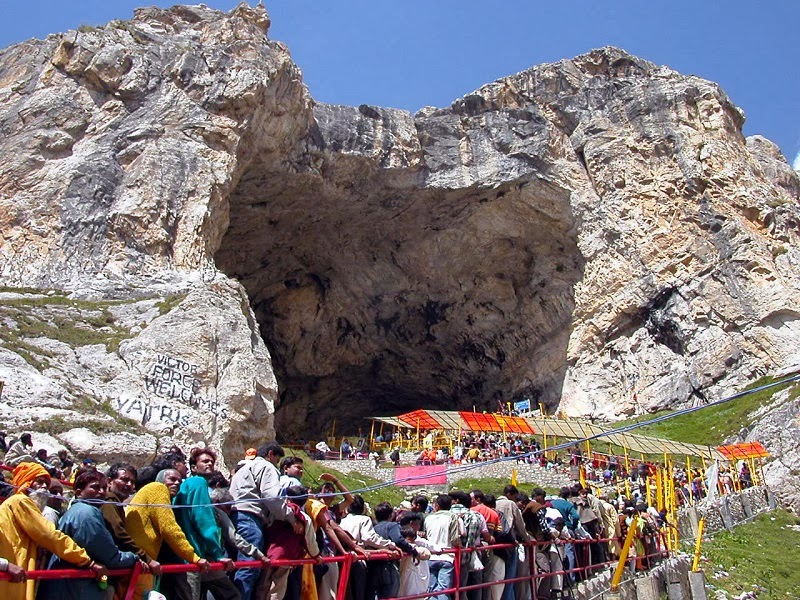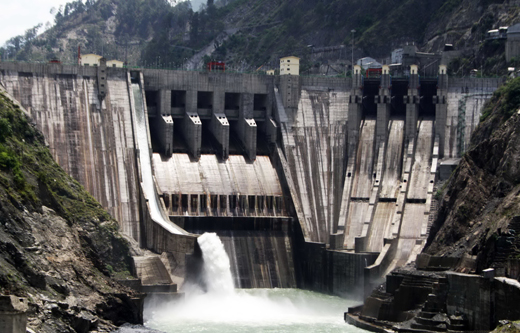by Iftikhar Gilani
In the spring of 2000, when the snow had started to melt in the meadows of the northern district of Kupwara in Jammu and Kashmir (J&K), the Indian Army and paramilitary forces had begun relentless search operations. The reason: military intelligence sleuths had got a tip-off that Abdul Majeed Dar, chief operational commander of the terrorist outfit Hizbul Mujahideen (HM) had gone missing from the group’s headquarters in Muzaffarabad.
Intelligence inputs had tracked Dar last while travelling towards a border village. Hence, it was natural to conclude that he was about to sneak into the Indian side from Pakistan. Little did anybody know that a bigger drama was unfolding. In a major operation, RAW had convinced Dar — apparently through intermediaries in Pakistan — to announce a ceasefire. He thus arrived in Srinagar in May 2000, travelling via Karachi, Dubai, Kathmandu and Delhi, with the help of Special Frontier Force, a unit of RAW.
Though India opposes any third party mediation on Kashmir, the then NDA government of Atal Bihari Vajpayee had mandated Mansoor Ijaz, a Pakistani American nuclear scientist-turned-businessman, to be the contact point with the HM. On two occasions, Ijaz had visited Delhi secretly. Then, on July 24, 2000, Dar announced a unilateral ceasefire for three months. Dar, who was accompanied by his four main divisional commanders, stated that “we conducted grassroots surveys for two and a half months before taking this decision and we have the consent of the local people.” The move was promptly welcomed by India and the Army announced the suspension of offensive operations.
Preparations were undertaken for the then Home Secretary Kamal Pandey to visit Srinagar for talks with HM leaders. Formal talks were held between the government, represented by Pandey, and HM commanders on August 3.
Later, at a press conference, Pandey announced that the government and the HM had formed a committee to implement the modalities of the ceasefire. HM nominated a four-member team, led by Khalid Saifullah, and the GOI team was to be headed by Special Secretary (Home) MB Kaushal.
But the twist came when the meeting, supposed to be a secret, was played out to the media. The then state chief minister Dr Farooq Abdullah, whose autonomy resolution had been rejected by the Centre just a month ago, felt insecure. A mysterious message was passed on and media vans were led to Nehru Guest House to sabotage the meeting before it happened.
The then HM chief Syed Salahuddin, speaking from Islamabad, said that India must agree on the inclusion of Pakistan in the talks. This was rejected by India, as it was not a part of the unconditional talks in the original ceasefire offer. No meeting then took place between GOI and HM representatives on August 5, because HM commanders allegedly claimed that they had to visit the field for an ‘on-the-spot assessment’ of the situation. Then came allegations that the Army had violated the ceasefire at certain places. On August 4, the 4 Rashtriya Rifles unit and a team comprising HM cadres played a game of cricket at Khipora, in the frontier district of Kupwara. The HM won by 24 runs. On August 8, the ceasefire was unilaterally withdrawn by Salahuddin.
Though the ceasefire failed, it proved that the people were prepared to work for peace. In interviews, Ijaz praised the role of Chandar D Sahay, the then point-man on Kashmir in RAW, (he later became its chief). Ijaz said Sahay made hawks understand that peace in Kashmir meant giving the Kashmiris’ a stake non-initiation of combat operations (NICO)— economic, moral and emotional. On the Army’s side, the then Indian Army chief General Sundararajan Padmanabhan was also eager to handover the pro-active role to politicians. When asked if holding back fire meant giving leverage to terrorists, he replied, “The Indian Army is the foremost professional fighting force in the world; thousands of terrorists cannot match its superiority.” This helped PM Vajpayee to announce the non-initiation of combat operations (NICO) in November 2000 during Ramzan.
“I hope that our gesture will be fully appreciated and all violence in the State and infiltration across the Line of Control and the International Border will cease and peace will prevail,” Vajpayee had said. In a related move, apparently aimed at signalling India’s intentions towards peace, he had allowed senior Hurriyat Conference leader, Abdul Ghani Lone, to leave for Islamabad to attend his son Sajjad Gani Lone’s wedding, with the daughter of Pakistan-based separatist leader, Amanullah Khan, a week earlier. Sajjad is currently a minister in the PDP-BJP government. “This is to enable our citizens in J&K to live peacefully. It is their voice that has to be heard, not of the terrorists or foreign mercenaries. Peace is our objective, to peace and dialogue we remain committed because that, above all, is what the people of J&K need most,” Vajpayee told the Parliament on February 22, 2001.
Even though momentous, the HM ceasefire and Vajpayee’s NICO had opened not only the door to search for an earnest resolution to the conflict, but also helped political activity to take root in the militancy-infested state. It even led pro-India parties, such as the National Conference (NC) and the Peoples Democratic Party (PDP), to project themselves as the ‘soft faces’ of India. This led to the huge participation of people in elections — affirming faith in the democratic process.
But today the situation has turned a full circle. Since July 2015, after the killing of Burhan Wani, not a single pro-India politician has been able to visit their electoral constituency. A sense of anarchy seems to have taken over the state. In was under these circumstances that an all-party meeting, chaired by Chief Minister Mehbooba Mufti, advocated a unilateral ceasefire during Ramzan. It is too early to tell if the call will be heeded. Indeed, it’s unlikely it will be heeded at all. It is important, however, to consider the CM’s plea. Of course, a ceasefire is certainly not peace. But it allows all sides to think afresh and how to tackle the situation with saner minds.
(The writer is Editor, Strategic Affairs, DNA. It first appeared in DNA under the tile Call for ceasefire in J&K. Views are personal.)















